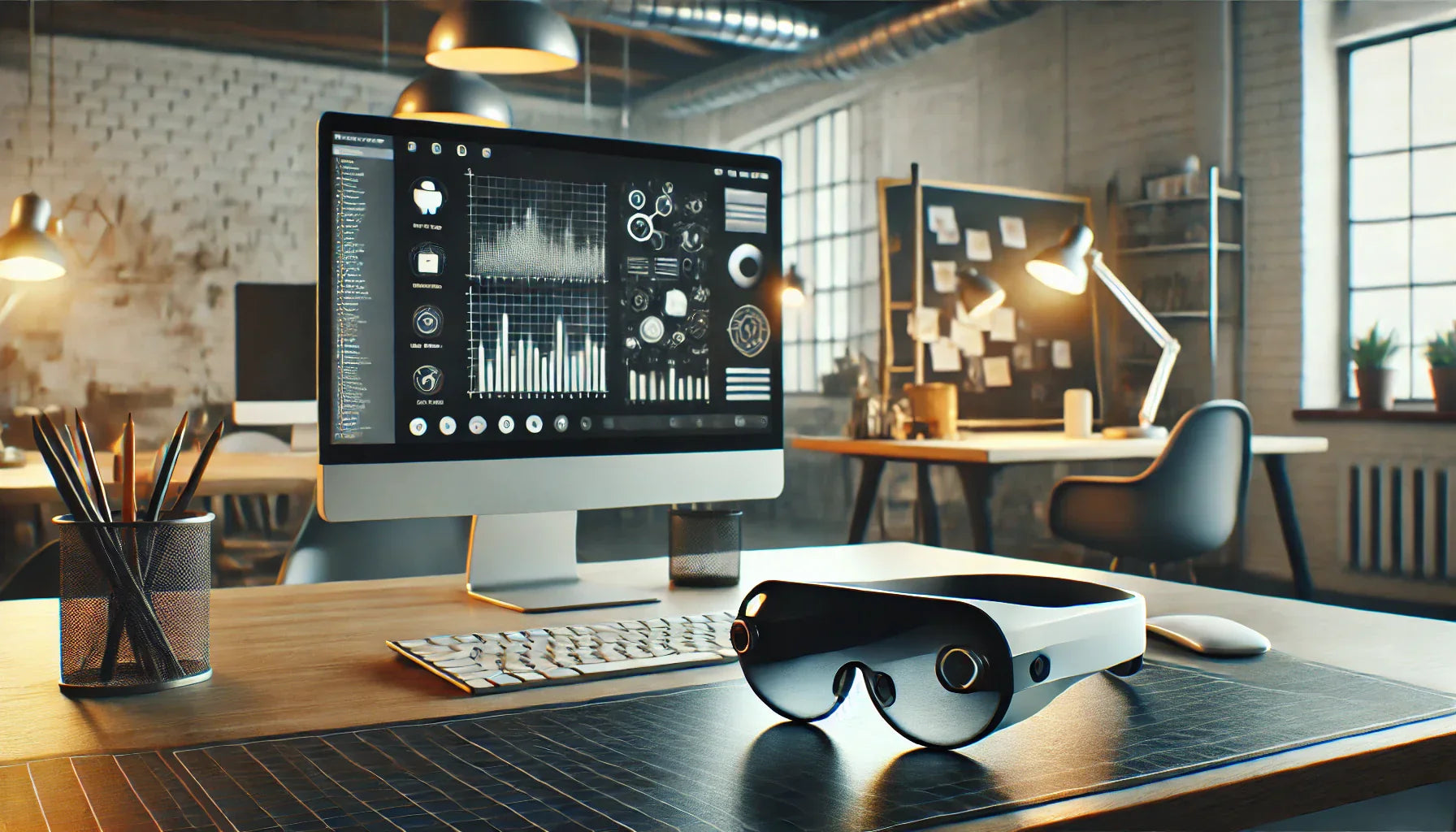Remember when smart glasses seemed like a science fiction dream?
At best, they were expensive prototypes that didn't do much more than display notifications. At worst, they were quirky toys with an unattractive design and limited functionality. But that's just changed.
Google has once again raised its hand in the world of immersive technology. And not with an idea on paper or a vague promise: we're talking about a serious and tangible commitment to extended reality (XR) . The new Android XR glasses not only work, but are designed to stay, to integrate into our daily lives, and—why not?—to redefine how we interact with technology.
What is Android XR and why should you pay attention?
When we talk about XR, we're referring to a broad concept that encompasses virtual reality (VR), augmented reality (AR), and mixed reality (MR). And while these technologies have been in development for years, they've never converged with such power and coherence in an ecosystem as Google is doing now.
Android XR isn't just a reworked version of the operating system you know and love on your phone. It's an optimized platform, designed for a new kind of experience—one that doesn't live on a screen, but in the real world .
This is the real game-changer: interoperability . Your glasses will no longer be just another accessory, but a true extension of your digital environment. Imagine receiving a message, viewing navigation instructions, or checking your daily schedule without having to look at your phone. All of this, superimposed on your field of vision, without blocking it.
The hardware is here: What do we know about Google's new glasses ?
Until recently, talking about XR glasses meant imagining devices that were awkward, large, and even a bit... robotic. But what Google demonstrated is a clear evolution in design and usability:
-
Minimalist and lightweight design , closer to conventional glasses than a futuristic visor.
-
MicroLED displays that allow high-resolution images to be projected without sacrificing battery life.
-
Processors optimized for AI and XR , developed together with Qualcomm and MediaTek.
-
Direct integration with services such as Google Assistant, Maps and Gmail .
One of the most striking details is the use of advanced environmental sensors. This allows the glasses to better understand the context: if you're walking down the street, for example, the system will know how to prioritize important notifications without overloading you with unnecessary information.

But… Are we really going to use them?
A valid question. Because if Google Glass taught us anything, it's that innovation alone isn't enough. What's changing now is the ecosystem and the timing .
First, Android XR isn't coming alone. Google is working with renowned manufacturers—Samsung, Lenovo, and other Asian brands—to launch compatible models. And second, we're living in a time where generative AI, spatial computing, and interface design have aligned to make the experience seamless, intuitive, and useful .
Furthermore, if we consider how technology consumption has evolved in Chile and Latin America, we find an audience increasingly open to trying new forms of interaction. Remember when smartwatches seemed unnecessary? Today, they're part of the routine of thousands.
Real-life use cases: beyond the hype
We're not just talking about gamers or techies here. The practical applications are already real:
1. Education and training
Imagine a medical student reviewing an operation in real time from a surgeon's perspective, all thanks to Android XR.
2. Industry and maintenance
A technician can view step-by-step instructions for repairing a machine on the glasses without having to remove his gloves or look away.
3. Tourism and navigation
Visiting Valparaíso? The glasses could show you routes, historical facts, and even gastronomic recommendations right in front of you.
And what about privacy?
A legitimate concern. Google assures that Android XR is built with an architecture focused on user privacy . That includes:
-
Explicit permissions to share location data or recordings.
-
Automatic microphone and camera deactivation in sensitive environments.
-
Visible light to indicate active recording, similar to that of a traditional camera.
Still, this will be one of the key debates in the coming years. As a society, we will have to define what ethical boundaries we want to set for these types of technologies.
The future has arrived, and it's shaped like glasses.
This breakthrough not only puts Google back at the center of the tech conversation, but it sets a new standard for spatial computing . The Android XR isn't a geeky whim. It's a sign of where we're going.
We are at the beginning of an era where the smartphone —as we know it—may no longer be the center of attention. Immersive visual interfaces have the potential to change how we work, how we learn, and even how we interact.
Can you imagine using them in your daily life?
If you're interested in staying up to date with the most innovative releases in mobile technology, virtual reality, and smart devices, subscribe to our newsletter or follow us on social media . We're here to help you understand and take advantage of the technology that's transforming the world!
Share this article with your techie friends and leave a comment below: Would you use the Android XR glasses? Why or why not?

